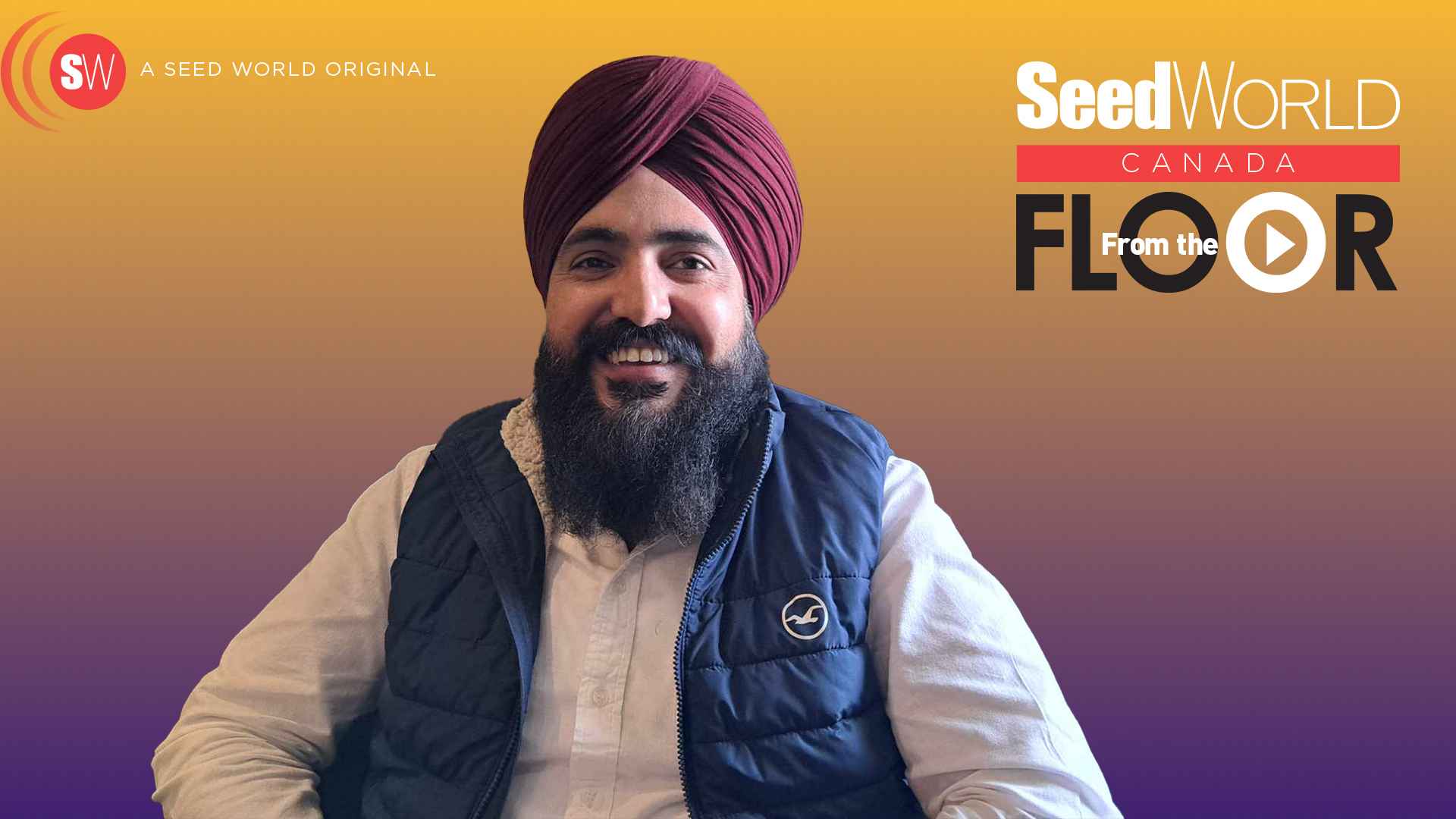In the world of wheat breeding, not everyone possesses the blend of passion, expertise, and perseverance that comes naturally to Gurcharn Singh Brar. Hailing from India’s Punjab state, the 33-year-old’s journey to becoming a leading figure in Canadian wheat breeding is getting noticed.
“I often say, ‘I grew up with wheat,'” Brar shares, reminiscing about his family’s agricultural background. “My father cultivated wheat and rice in rotation, giving me a deep appreciation for farming.”
Upon completing his bachelor of science in agriculture at Punjab Agricultural University, Brar set his sights on Canada for his graduate studies.
He arrived in Canada in 2012 to pursue his graduate studies at the University of Saskatchewan. This move would shape the trajectory of his career.
Brar pursued a master’s degree in wheat pathology and later a PhD focusing on wheat breeding under the mentorship of Pierre Hucl. His pursuit of excellence propelled him to join the faculty at the University of British Columbia in January 2020, where he embarked on pioneering research in wheat genetics and resistance breeding.
Having recently been recruited by the University of Alberta to take on the breeding program there, Brar is becoming a true leader in western Canadian wheat breeding.
“The opportunity to lead an established wheat breeding program at the University of Alberta was a dream come true. With the necessary resources and infrastructure in place, I’m excited to drive innovation and develop high-yielding wheat varieties tailored to the unique conditions of northern Canada.”
Brar has become known for identifying novel sources of resistance to priority diseases and his efforts in developing wheat germplasm with multiple disease-resistant traits.
In addition to his groundbreaking research, Brar is committed to mentoring the next generation of agricultural scientists.
“I believe in nurturing talent and empowering students to pursue their passions,” he says. “Watching my students grow and thrive in their research endeavours is hugely rewarding.”
As he looks ahead, Brar’s vision for the future of wheat breeding is clear: “My number one target is to develop high-yielding wheat varieties adapted to the northern climates of Canada. By focusing on early maturity and strong straw traits, we can maximize yield potential while ensuring resilience to environmental challenges.”
Despite his demanding schedule, Brar remains grounded by his family and roots. His wife Ramandeep is a mathematician by training.
“She really is my pillar of support,” he says. “Her understanding and enthusiasm for agriculture have been invaluable, and I am grateful for her encouragement every day.”













